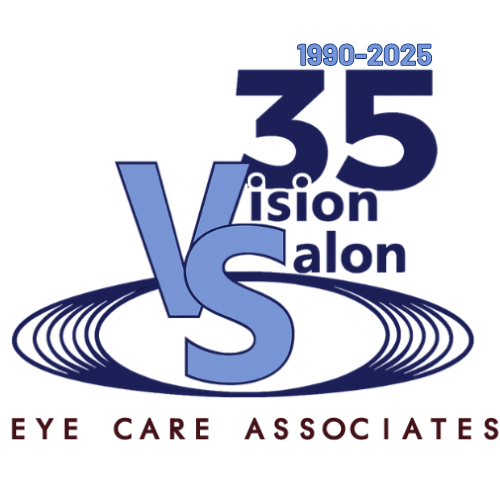Glaucoma is a group of eye conditions related to abnormally high pressure inside the eye that leads to optic nerve damage. As a result of this damage, people with glaucoma can gradually go blind. In fact, glaucoma is the second leading cause of blindness in the world.¹
Early detection and glaucoma treatment can help protect your eyesight. Learn more about this “silent thief of sight” and how to preserve your vision before it’s too late.
Early signs of glaucoma
Because glaucoma tends to be a progressive disease, the sooner you can recognize the symptoms of glaucoma, the better off you will be. While there is no cure, early intervention can help manage the eye disease and slow down the negative effects.
Although glaucoma can result in serious damage to eyesight, the early signs of glaucoma are not always easy to recognize. There are also different types of glaucoma with their own symptoms.
Open-angle glaucoma symptoms
Open-angle glaucoma is the most common type of glaucoma and is caused by a gradual clogging of the drainage canals in the eyes.²
Symptoms of open-angle glaucoma include:
-
Blind spots in your peripheral or central vision
-
Tunnel vision in advanced stages
-
Missing a stair when walking downstairs
-
Skipping letters or parts of words while reading
-
Difficulty reading road signs or seeing objects clearly while driving
-
Trouble seeing contrast in dim or low-light conditions
Unfortunately, because there are few symptoms in the early stages, most people do not realize they have open-angle glaucoma until they are already experiencing significant vision problems.
Acute angle-closure glaucoma symptoms
Acute angle-closure glaucoma develops suddenly when fluid builds up rapidly inside the eye.
Acute angle-closure glaucoma symptoms include:
- Eye redness
- Blurry vision
- Eye pain
- Headaches
- Nausea and vomiting
If you are experiencing these symptoms, you should get medical attention immediately. Without treatment, blindness could develop after just a few days.
Narrow-angle glaucoma symptoms
Narrow-angle glaucoma develops when the drainage angle in the eye becomes partially blocked over time. Unlike acute angle-closure glaucoma, this form tends to progress more gradually, but it can still cause significant vision loss if left untreated.
Because symptoms may come and go at first, many people don’t realize there’s a problem until their vision is already affected. Common signs of narrow-angle glaucoma can include:
-
Blurry or hazy vision
-
Eye pain or discomfort, especially in dim lighting
-
Halos or rainbow-colored rings around lights
-
Gradual loss of peripheral (side) vision
-
Headaches or eye pressure that worsens over time
Normal tension glaucoma symptoms
In normal tension glaucoma, eye pressure is normal, but the optic nerve still becomes damaged.
Signs of normal tension glaucoma include:
- Gradual peripheral vision loss
- Tunnel vision as the disease progresses
Other glaucoma symptoms
These less common forms of glaucoma may have symptoms such as:
- Eye redness
- Eye pain
- Blurry vision
- Seeing halos around lights
If you are noticing any glaucoma symptoms, it is important to get your eyes checked immediately. In some cases, there may be no early signs of glaucoma, so getting an exam regularly could help you catch this disease before damage gets too severe. A comprehensive eye exam could also diagnose other eye problems or rule out other eye diseases.
If you are diagnosed with glaucoma, your eye doctor will work toward developing a treatment plan. Depending on your situation and the type, glaucoma treatment may include medications or surgery.
Whether or not you are experiencing any eye problems, you should get your eyes checked regularly to avoid serious and permanent damage. Contact Vision Salon Eye Care Associates to make an appointment at our Blue Island office today.
References:





